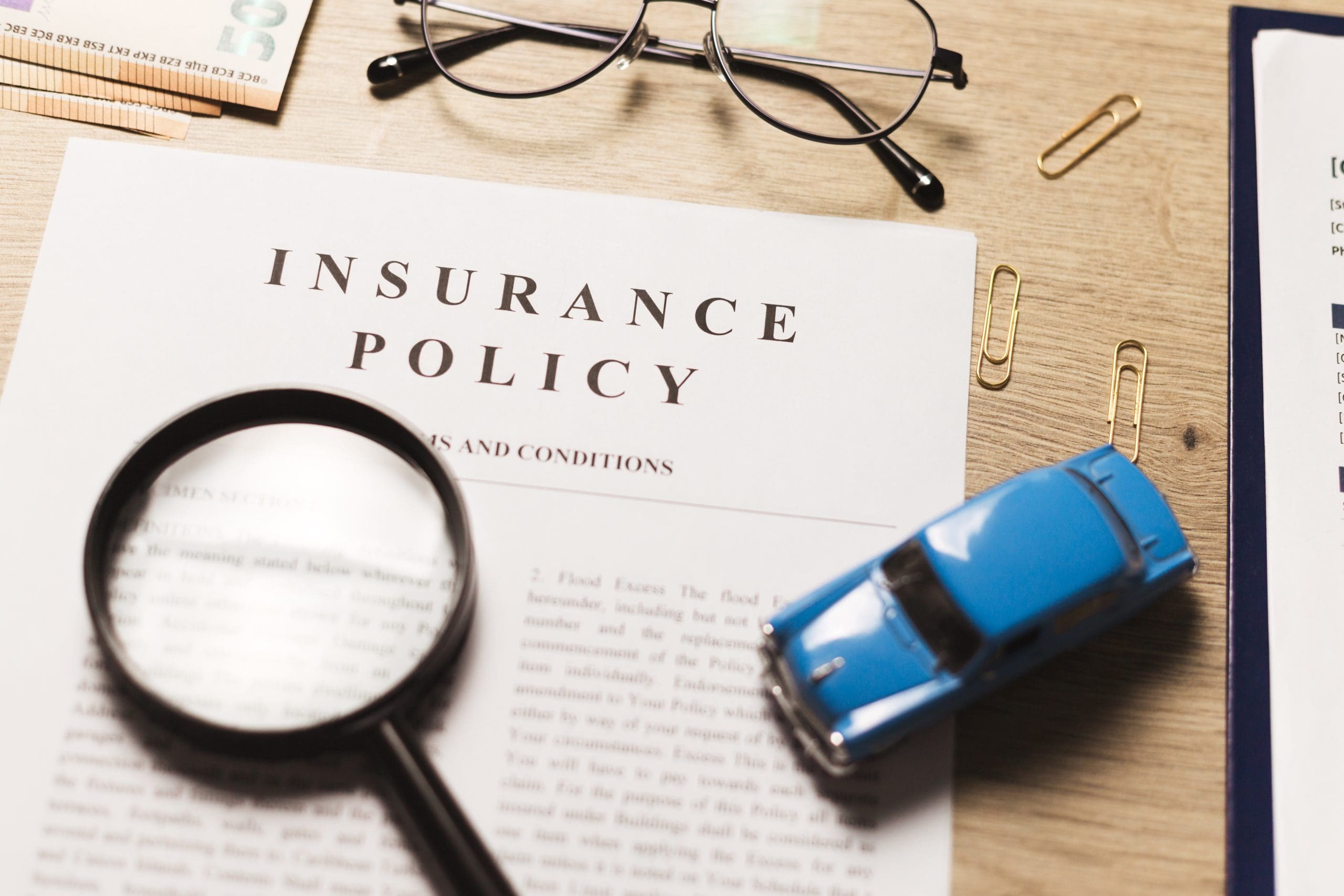
Insurance is one of those necessary overhead costs and, like many other business expenses, is expected to continue to increase due to a number of factors.
Drew Garcia, vice president of Rancho Mesa Insurance Services, anticipates auto insurance will continue to rise, budget anywhere from 10% to 15%. Garcia says the workers’ comp market will remain soft like the last three to four years.
“For work comp, that just means there’s good underwriting discipline by the carriers, which means that they’re either making an underwriting profit or breaking even, which is what they’re looking to do and that keeps rates flat,” Garcia says.
Individual landscape companies may experience higher workers’ comp rates if their experience mod is high from a lot of claims or injuries. Garcia predicts general liability will go up by 4 to 6%.
“That’s based pretty much on inflation, and the carriers just keeping up with their overhead,” Garcia says.
Garcia says that commercial auto insurance is jumping up because of inflation and because, for the past 11 to 12 years, carriers have been paying out more in claim costs than they are collecting in premiums.
Even accidents like a low-impact rear end, which used to be minimal in repair cost, have increased due to the cameras, sensors and technology in newer vehicles. Garcia says the value of the vehicles themselves is also driving up costs as it’s not easy to acquire vehicles and there are still delays with parts. There has also been increased activity with bodily injury.
“It’s costing them money to insure people and so they have to continue to make those corrections,” Garcia says.
In some states, rate increases take time, as the Department of Insurance has to look at the justification for the rate increase before approving it. In other states, this process is quicker.
Garcia says in his experience, commercial auto carriers aren’t offering discounts to landscape companies that use dash cams or speed inhibitors for their fleets. However, they are looking at this technology favorably and it can be used to provide proof if it’s making an impact.
“Three years down the line, they can say, ‘Hey, we implemented this back in 2020 and then here we are today in 2023 and look at our loss activity between now and then. Here’s our loss activity before we had these dash cams,’” Garcia says. “When you can see that difference, then the underwriter can say this is making a huge impact and now maybe subjectively, I can become more aggressive in my premium.”
He notes that there has been a lot of focus on bringing economies of scale that larger companies can participate in to the middle market (annual combined P&C premiums between $200,000 and $1,000,000).
“A few carriers have created some really nice products that fit the middle market that generally aren’t collateral bearing, but it allows that landscape company to take on a little bit more risk than they normally have,” Garcia says. “In exchange, they get that upfront premium savings.”
Traditionally, these loss-sensitive alternatives have only been available for large-scale landscape businesses.
For instance, with auto insurance, a landscape company with 50 vehicles has some different structures they can use, such as taking on an auto liability deductible or removing auto physical damage from their fleet or increasing deductibles to reduce upfront costs.
“Those are ways that we’re seeing people get a little bit more creative right now in the middle market to save some money upfront,” Garcia says. “Hopefully, they don’t have the claims and it really plays out in the policy.”
Garcia adds that not only are car insurance premiums increasing, but a lot of carriers are turning their appetite for commercial maintenance because they are concerned that more vehicles on the road means there are more opportunities for claims to occur.
He encourages doubling down on developing a strict driver trainer program you can stick to and monitoring driver performance throughout the year. Garcia says communicating to the carrier how commercial maintenance is route-driven and during off-hours with less traffic can help underwriters make more informed decisions for the policy.
For smaller landscape companies, Garcia cautions listing a multitude of services on your website if the majority are done by subcontractors.
“That might be something that you want to make sure that it gets communicated to the carrier properly,” Garcia says. “Otherwise, they’re saying how do we even price for this because I don’t even know how much of that they do.”
Garcia says that all of this information is facilitated by an insurance agent.
“If you’re not getting that, then that could create an opportunity for that business owner to look at different agencies or different agents and find the right fit for them,” Garcia says.


